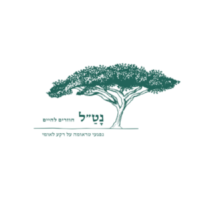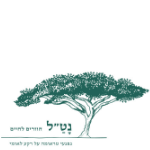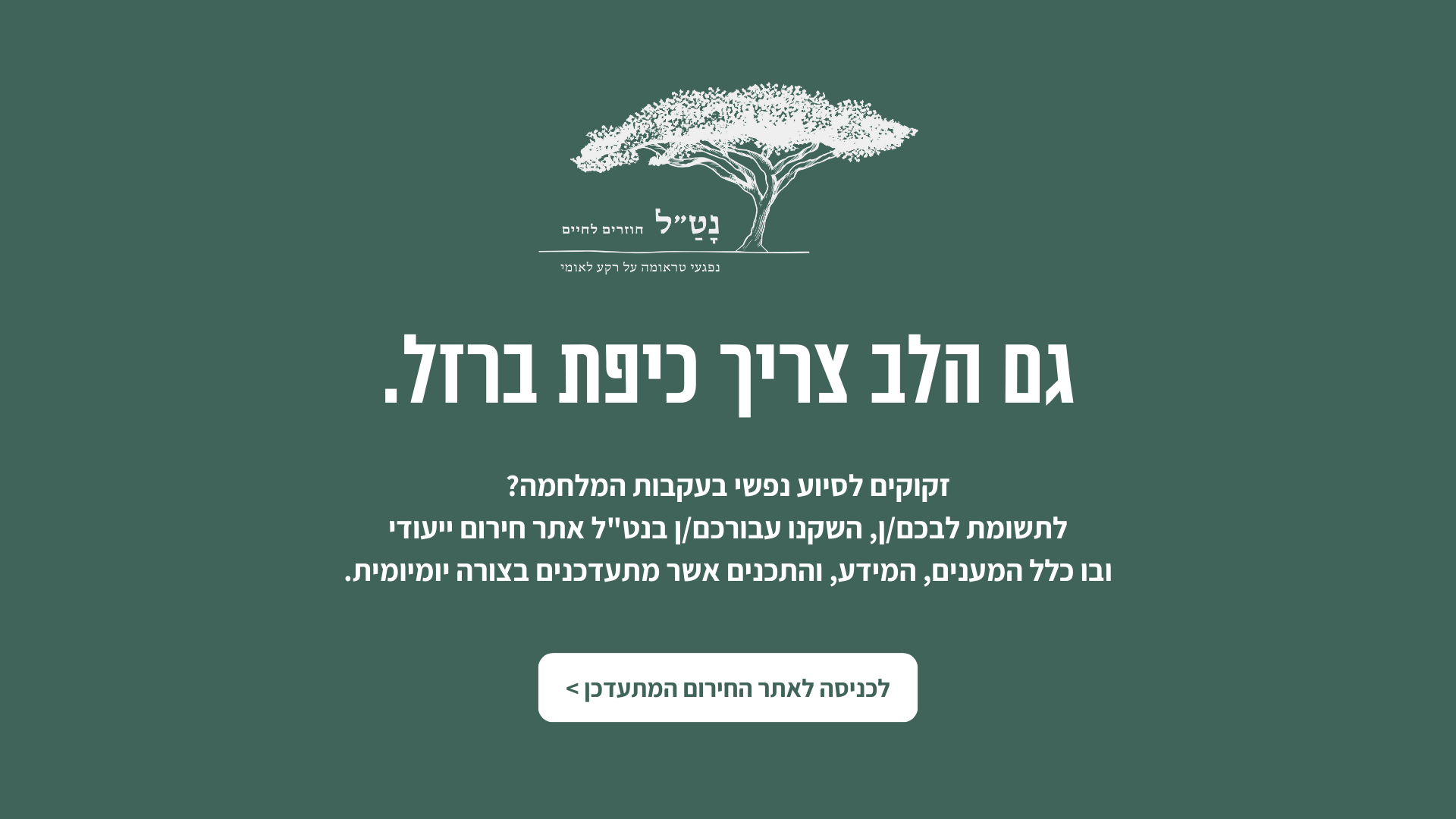מחקר זה בדק מסלולי תגובה נפשית ראשוניים בזמן מלחמה (צוק איתן 2014) ואת השפעתם של רמת חשיפה , מין, ואבחנה קיימת של מחלת נפש על מסלולים אלה. המחקר נערך בשיטה של הערכה אינטנסיבית (דגימת חוויות) – פעמיים ביום במשך חודש, באמצעות סמארטפונים.
כותבי המאמר:
טליה גרין, מרק גלקופף, שולמית גרינפול, נעמי ורבלוף, איב קרלסון, לירון לפיד
Journal: Journal of Affective Disorders, 220, 24-30
Year: 2017
:Authors
Greene, T, Gelkopf, M. ,Grinapol, S,Werbeloff, N.,Carlson, E. & Lapid, L.
Background: The ways in which traumatic stress symptoms unfold under situations of ongoing threat and trauma exposure are poorly understood. The current study aims to identify traumatic stress symptom trajectories during conflict, as well as potential risk factors.
Methods: Experience sampling methods were used to study traumatic stress symptoms during the 2014 Israel-Gaza conflict in 100 Israeli civilians exposed to rocket fire. Summary reports of traumatic symptoms were made twice-daily for 30 days via mobile phone.
Results: Latent class growth analysis revealed four distinct classes (low, reducing, moderate, and high) characterised by their trajectory of traumatic stress symptoms during the conflict. Female gender, not being in a relationship, and higher prior trauma exposure were identified as potential risk factors.
Limitations: Data were not collected in the early phase of the conflict, the sample was relatively small, and only traumatic stress symptoms were investigated as outcomes.
Conclusions: This study identified heterogeneous traumatic stress symptom trajectories among civilians during a conflict, with different subgroups showing distinct response patterns over time, associated with various risk factors. Investigating responses to ongoing trauma, and identifying predictors of different stress symptom trajectories has clinical implications for the targeted delivery of interventions. Further exploration of heterogeneous trajectories could potentially elucidate mechanisms that drive resilience and recovery, including in situations of ongoing exposure such as during conflict.






